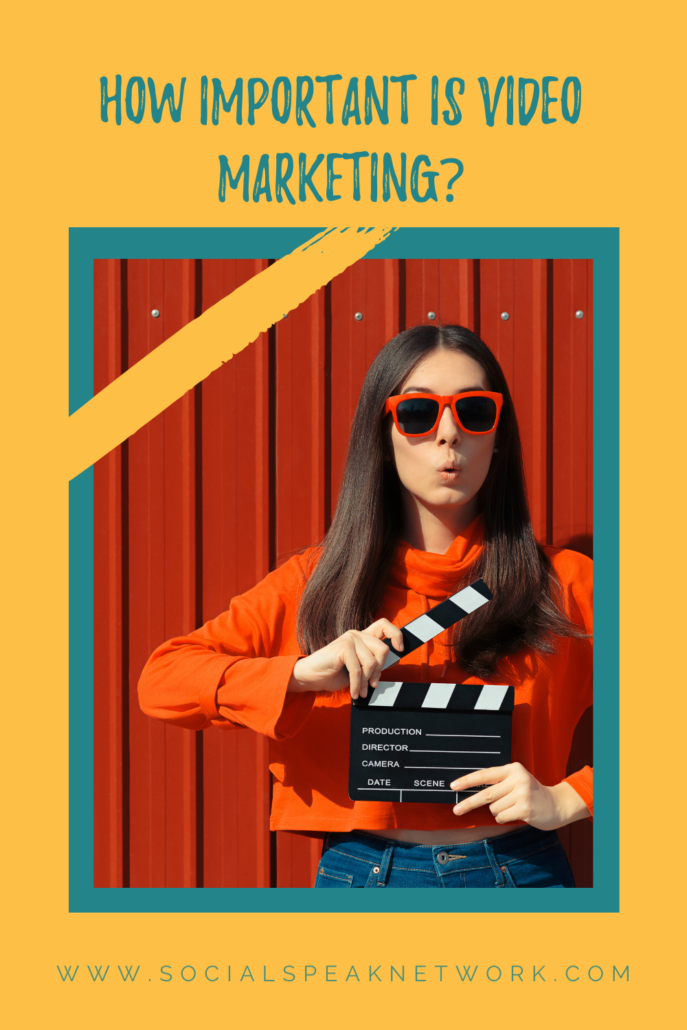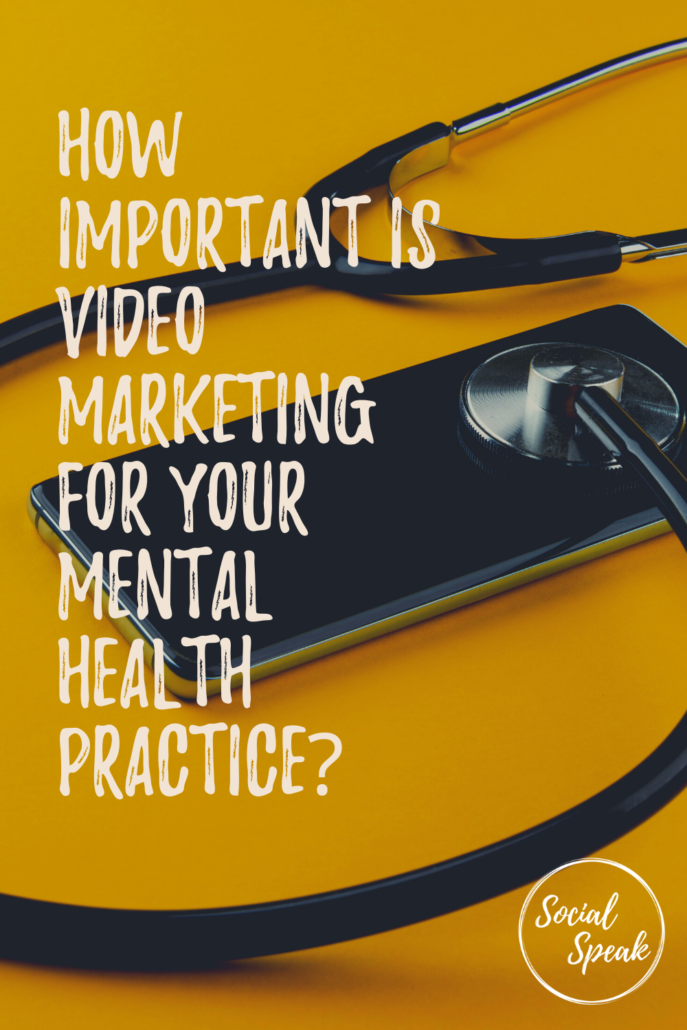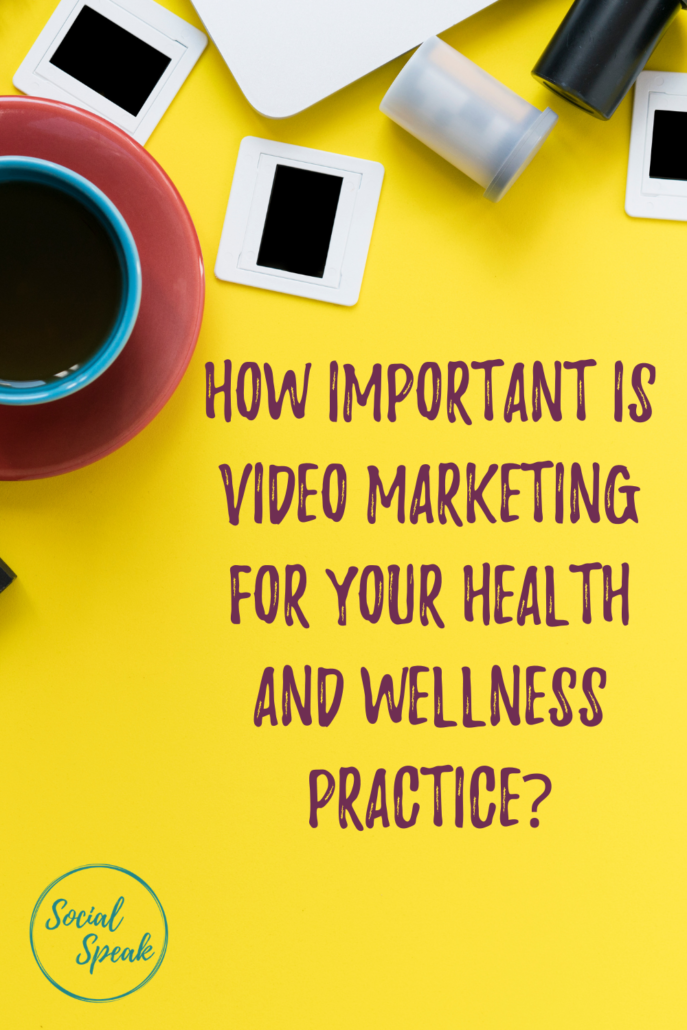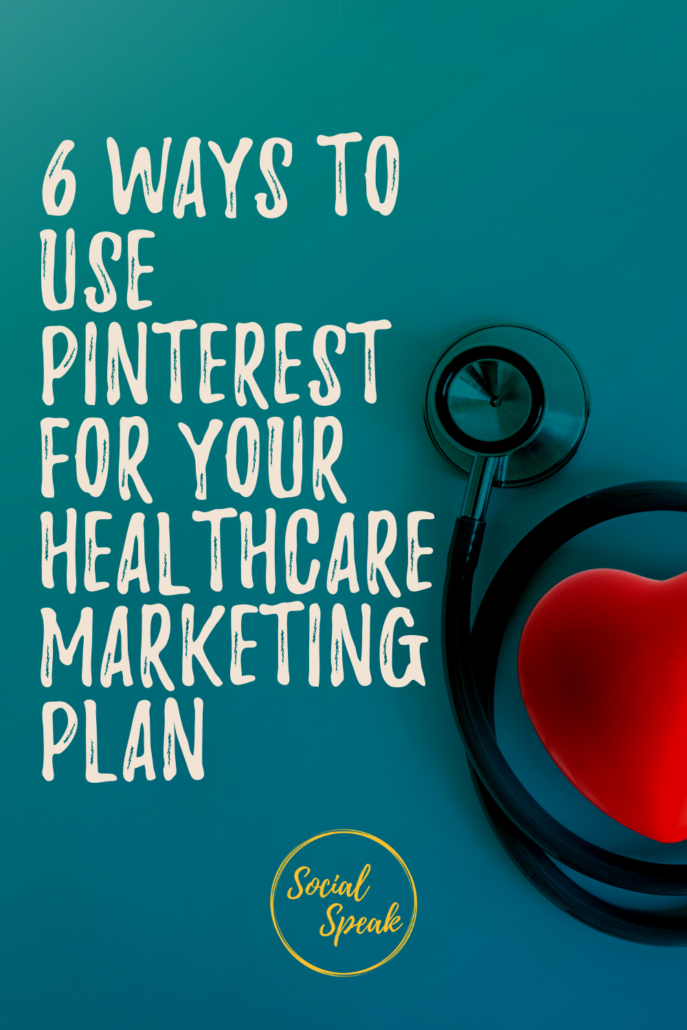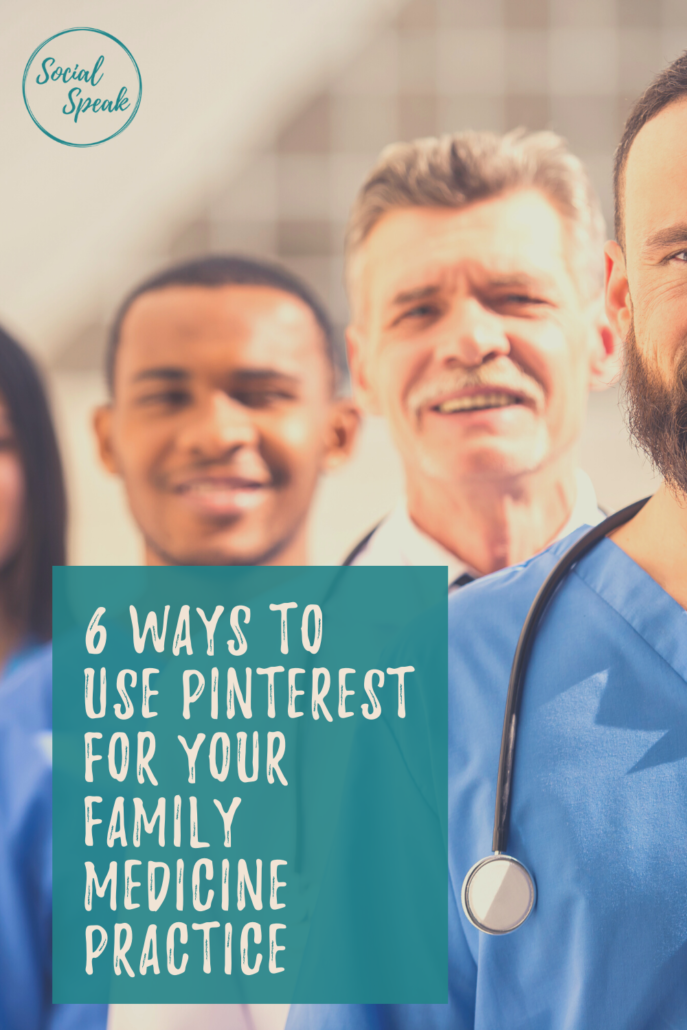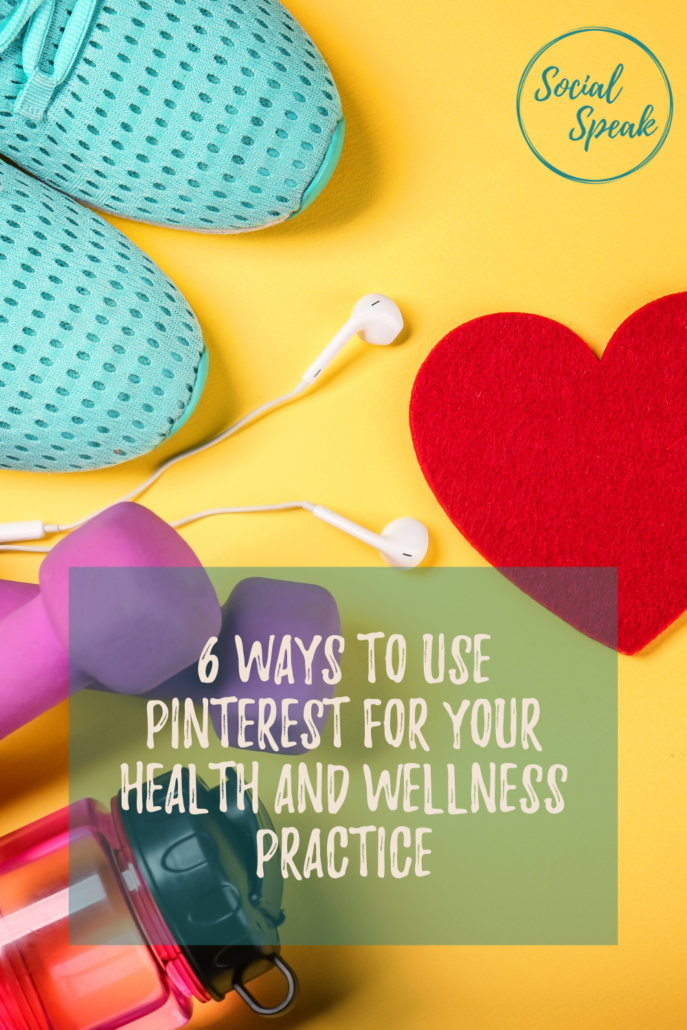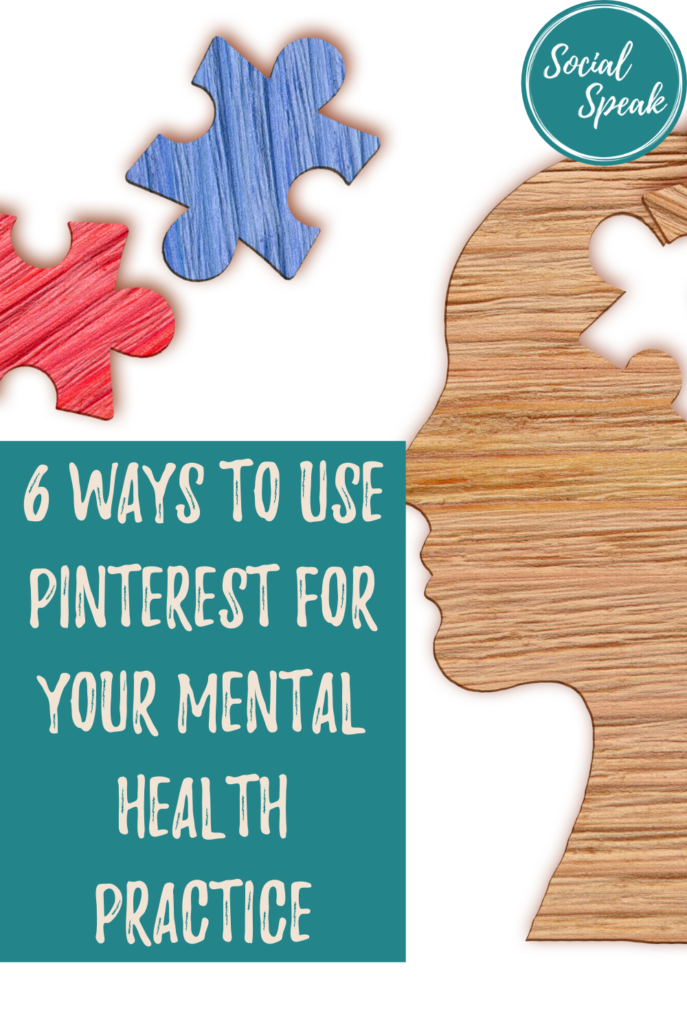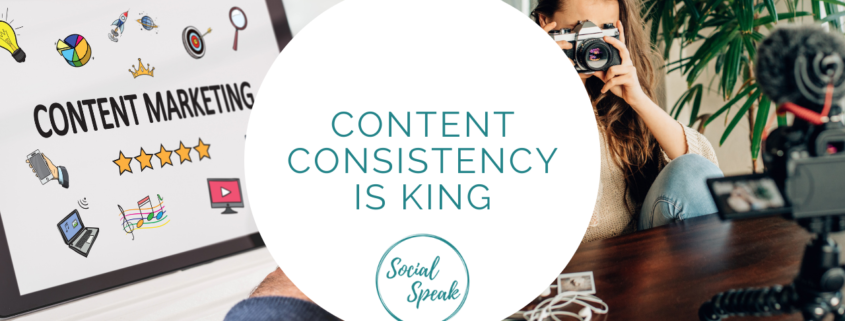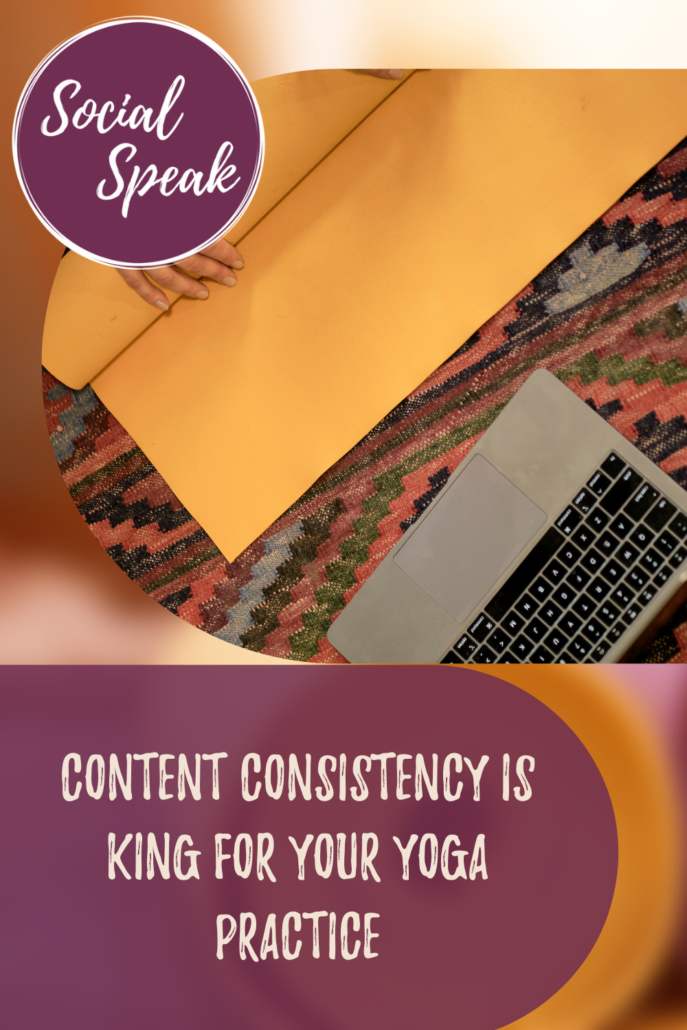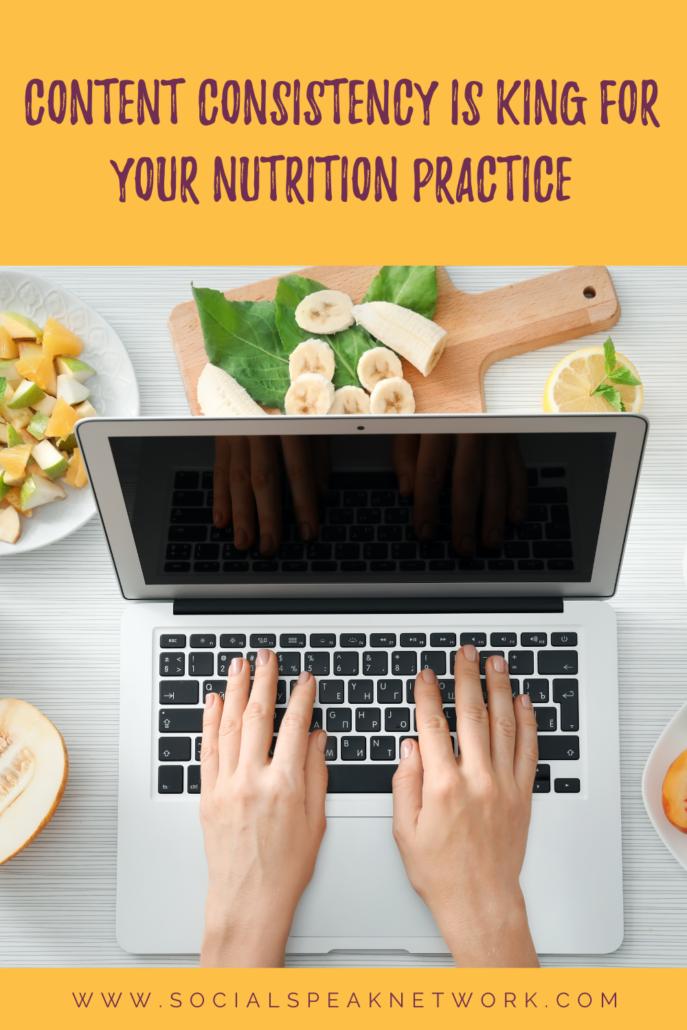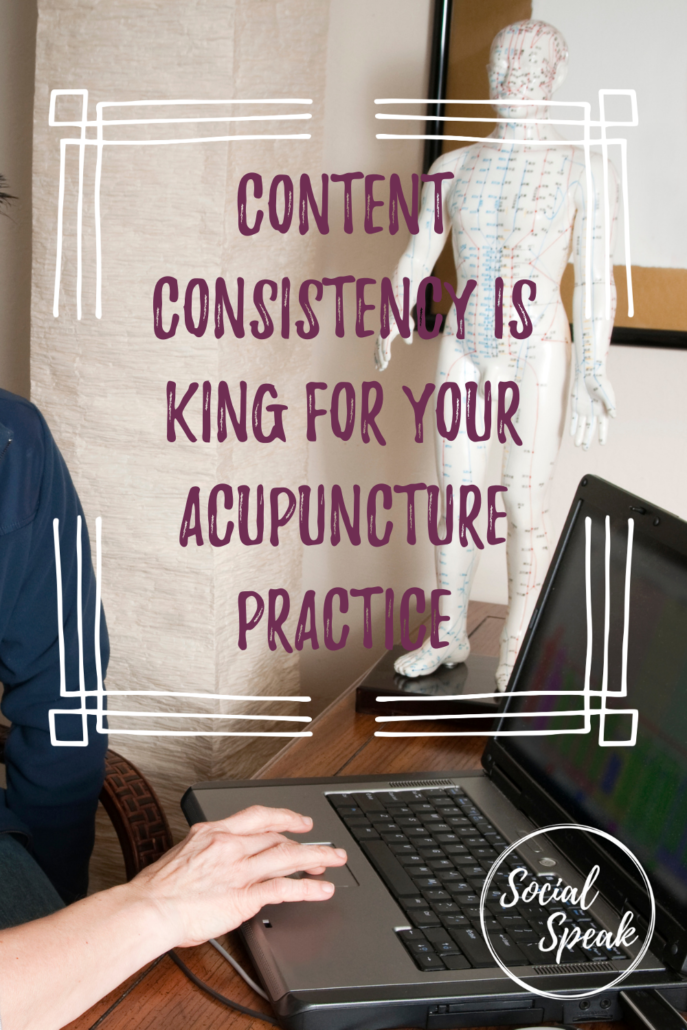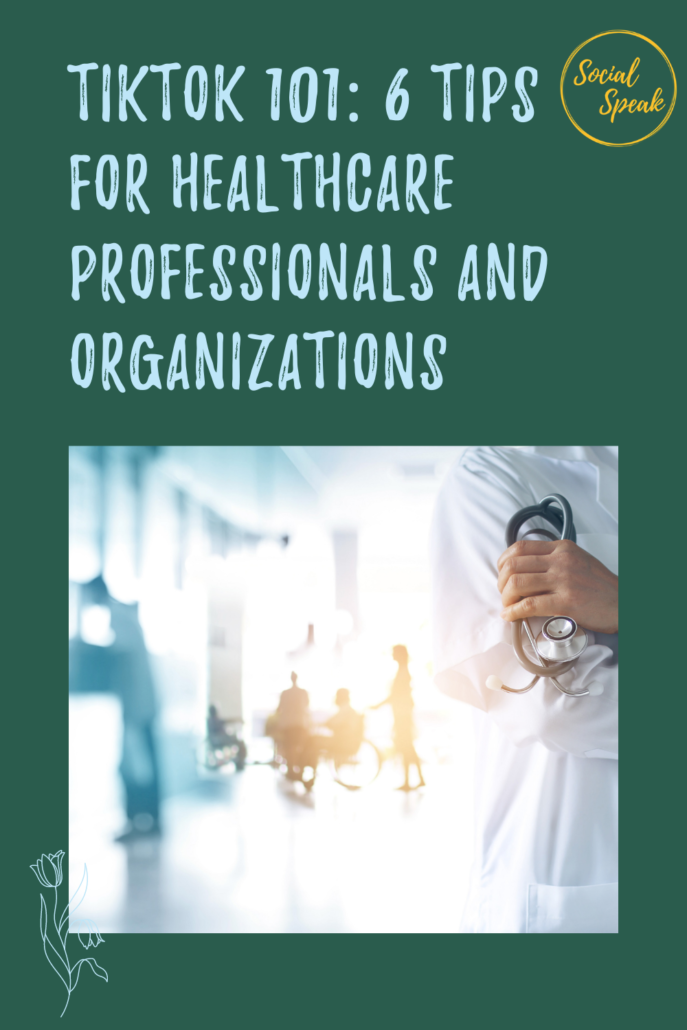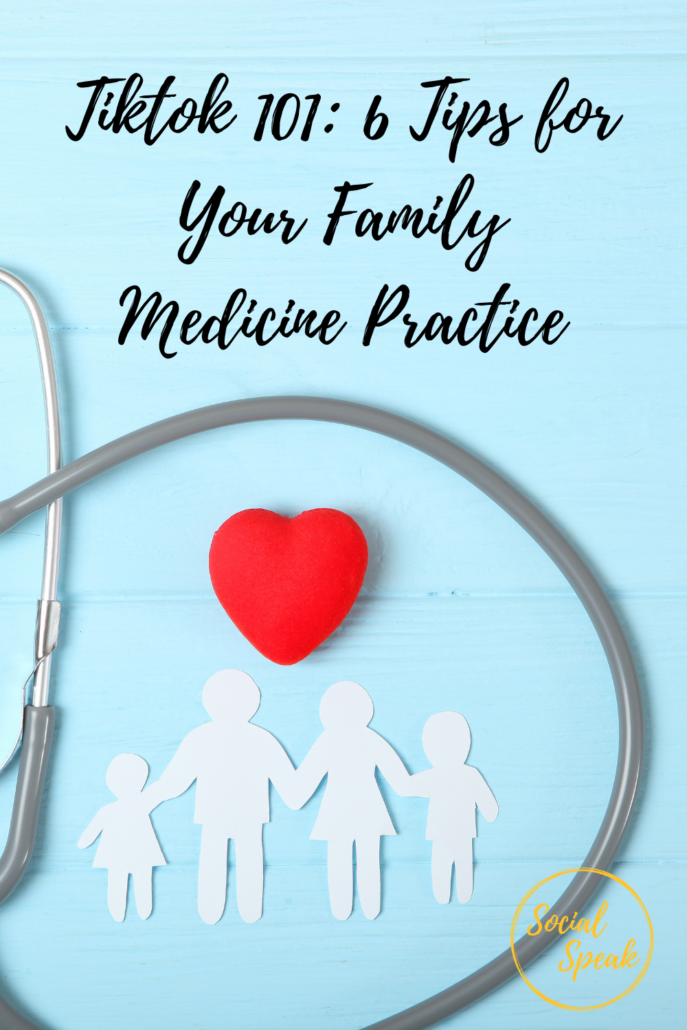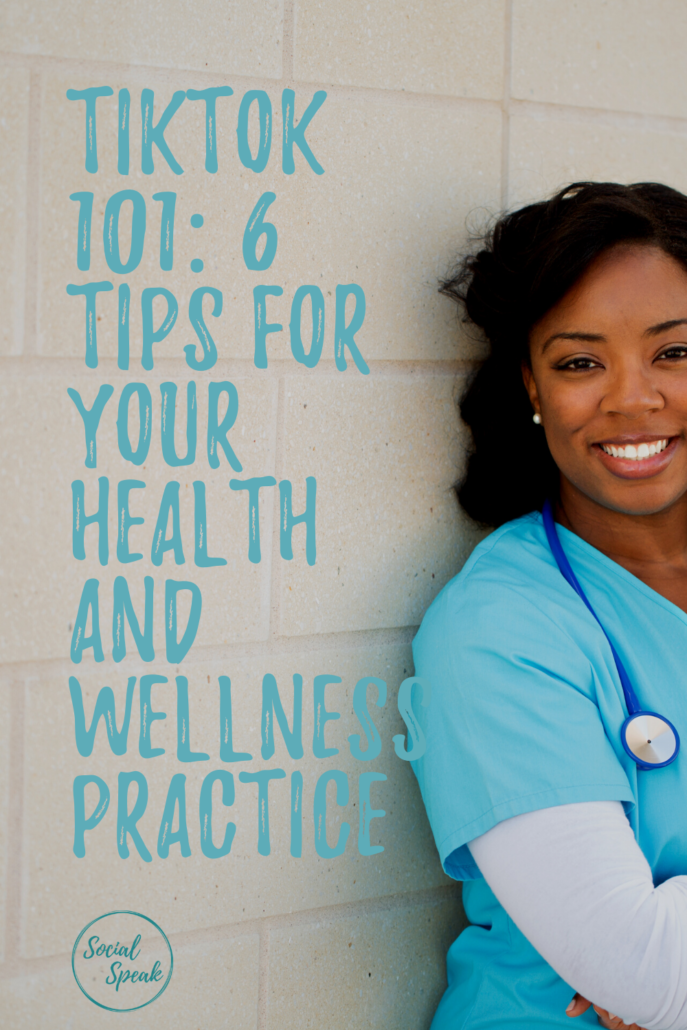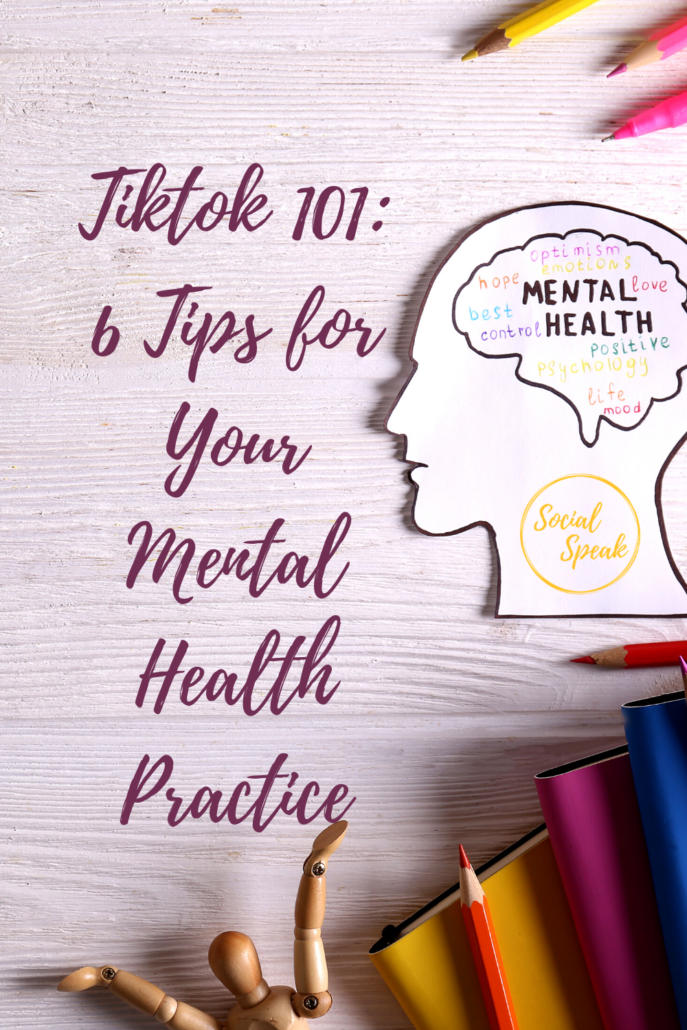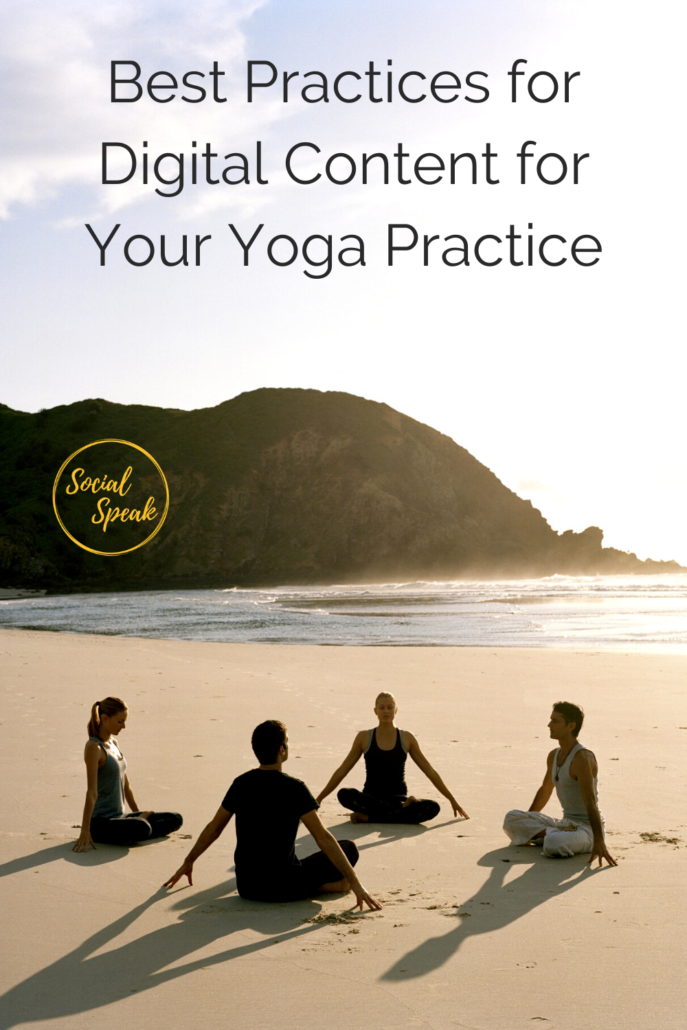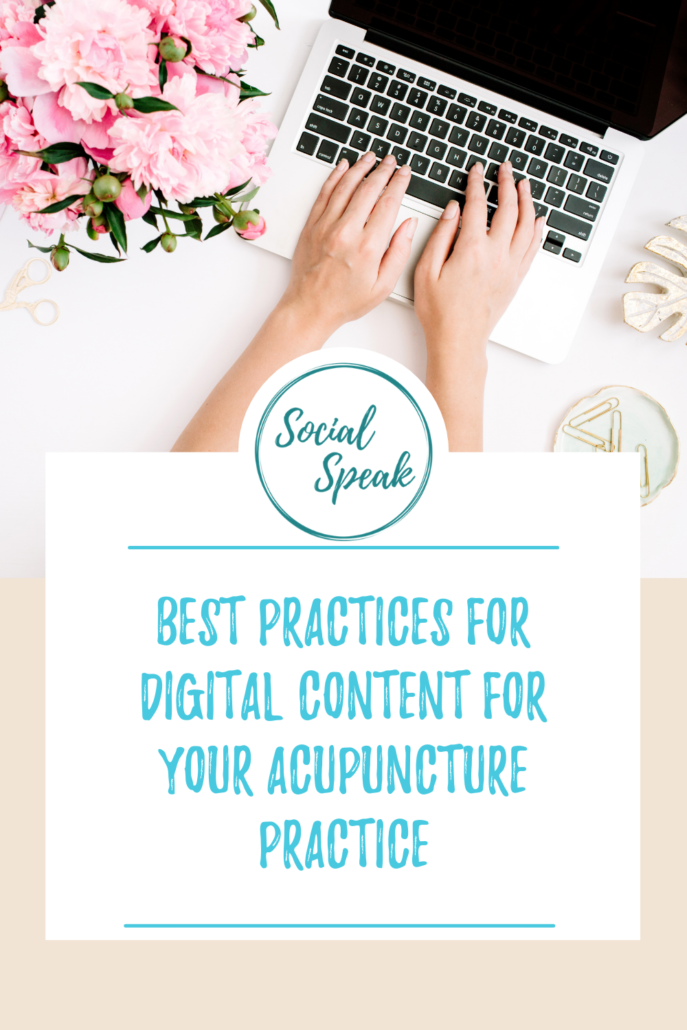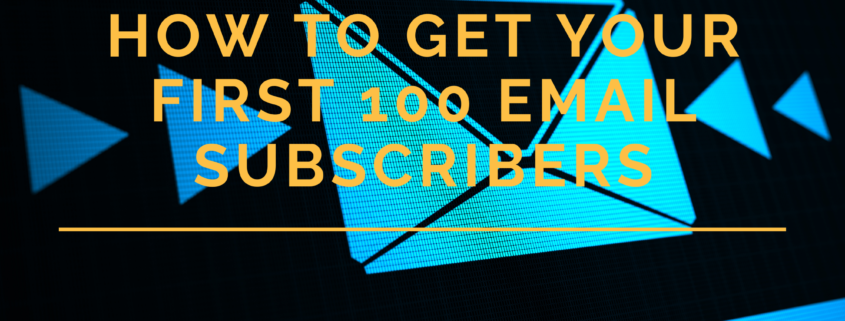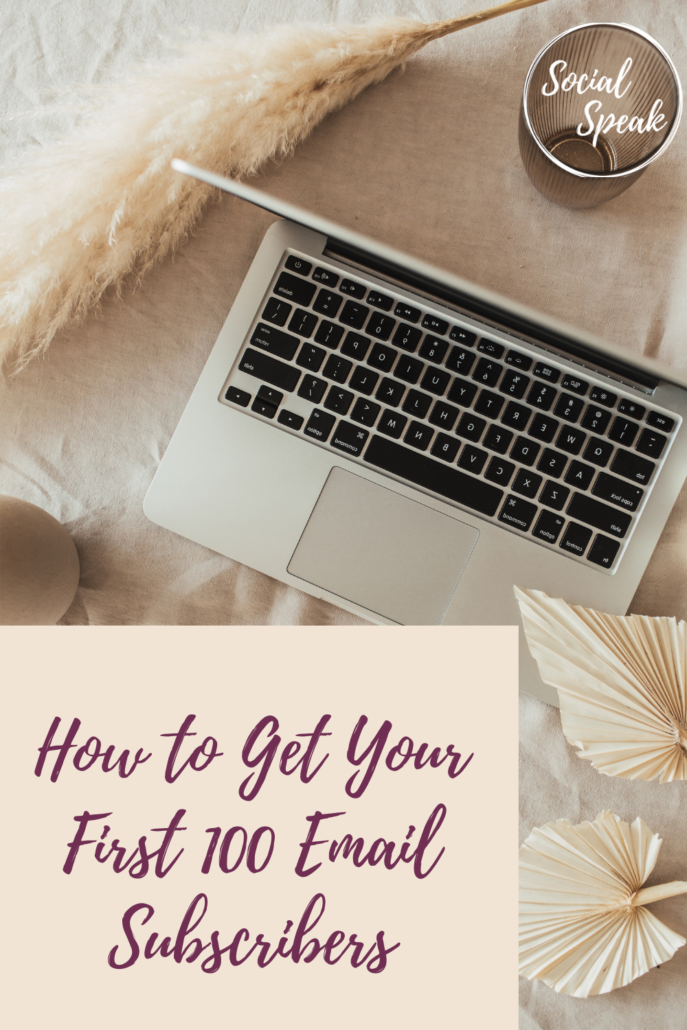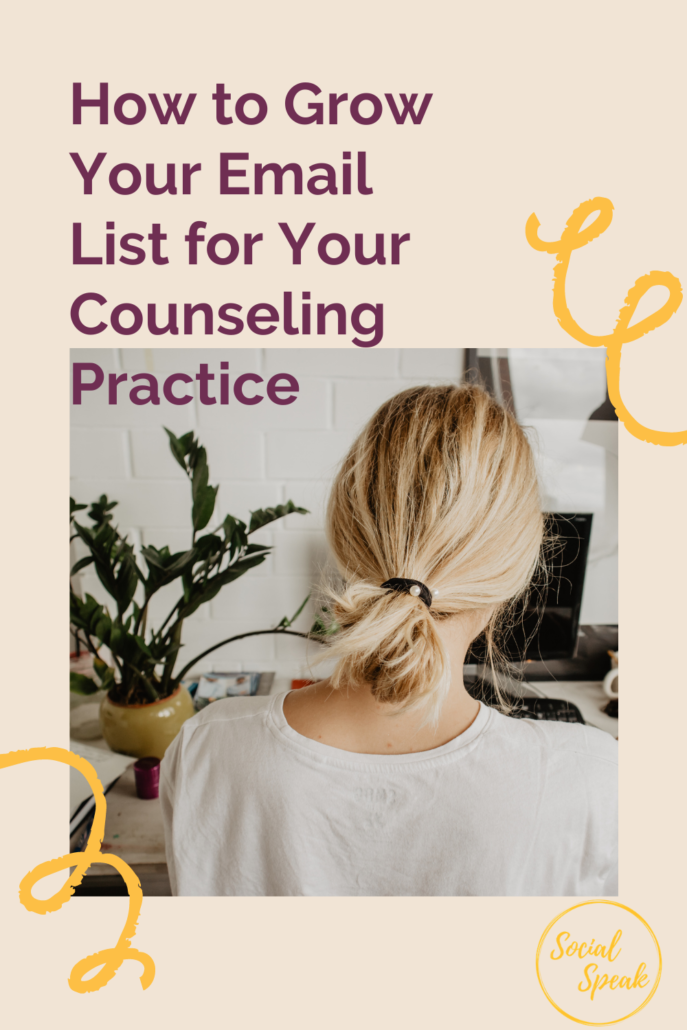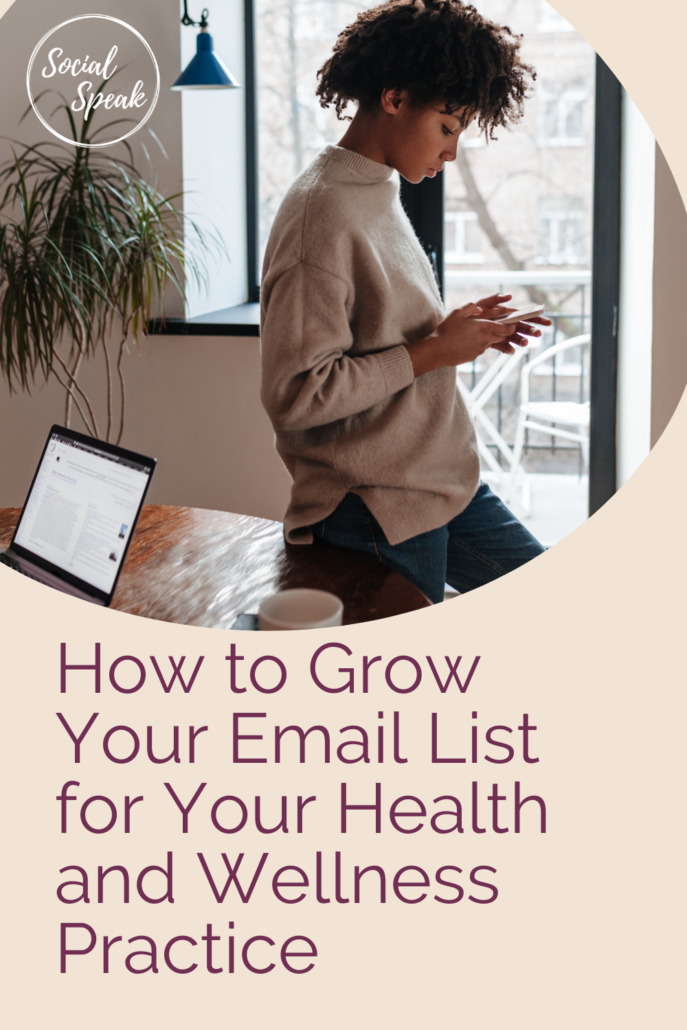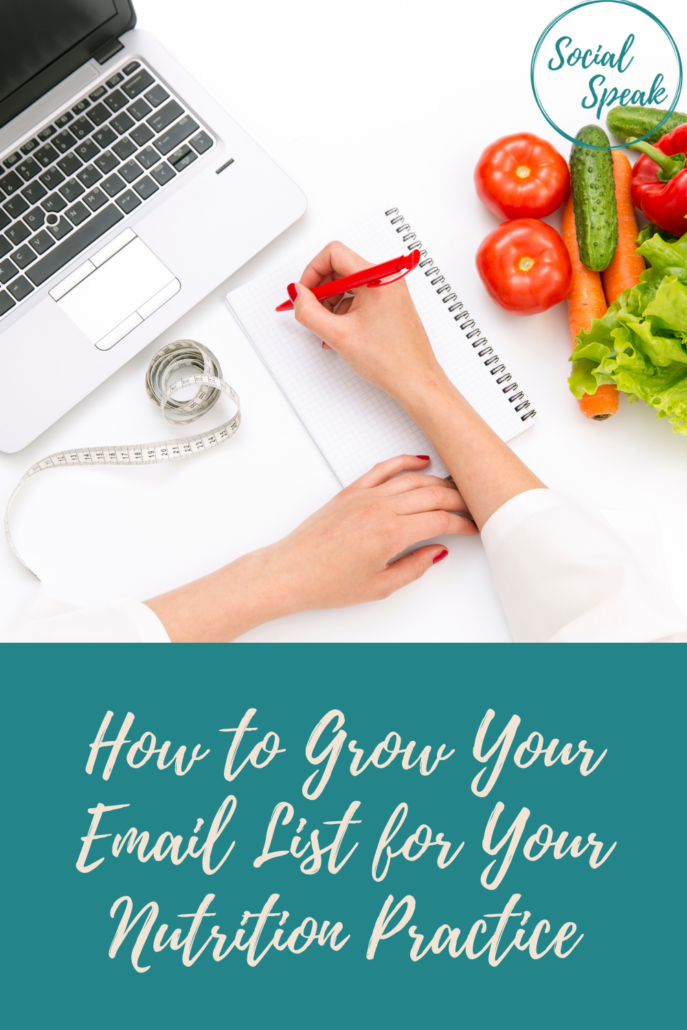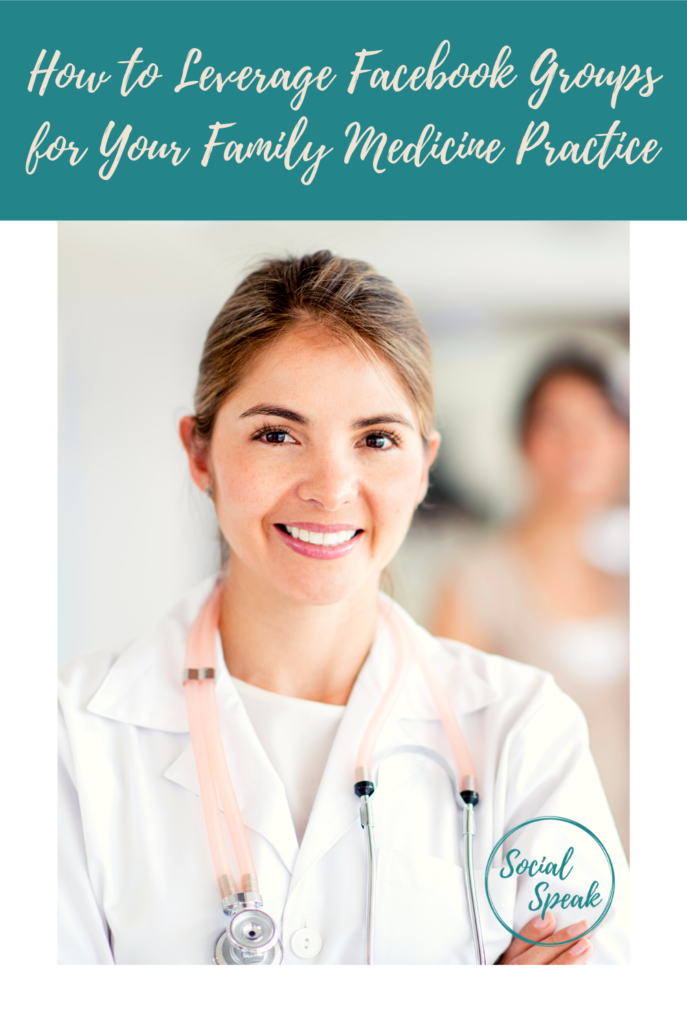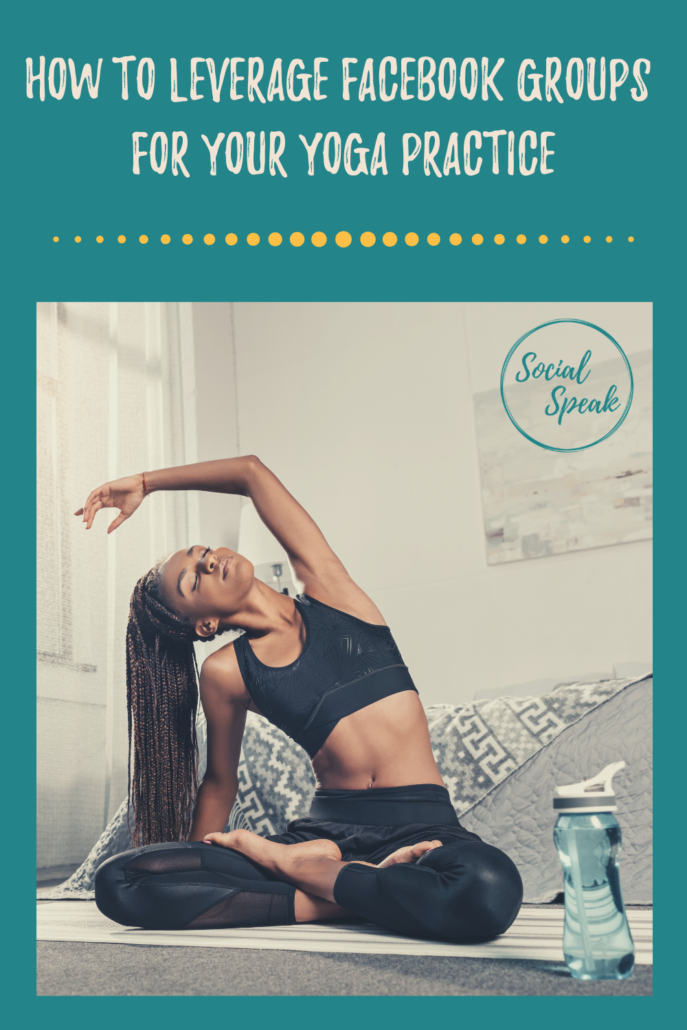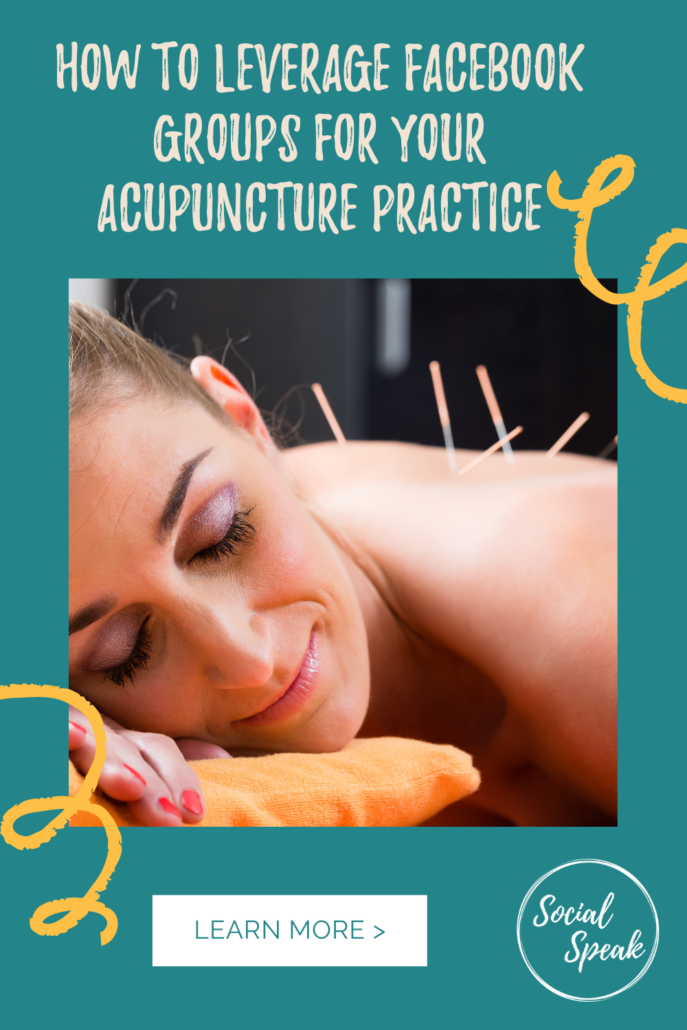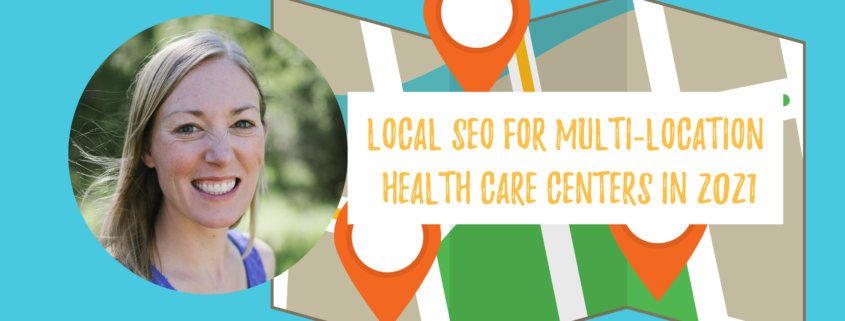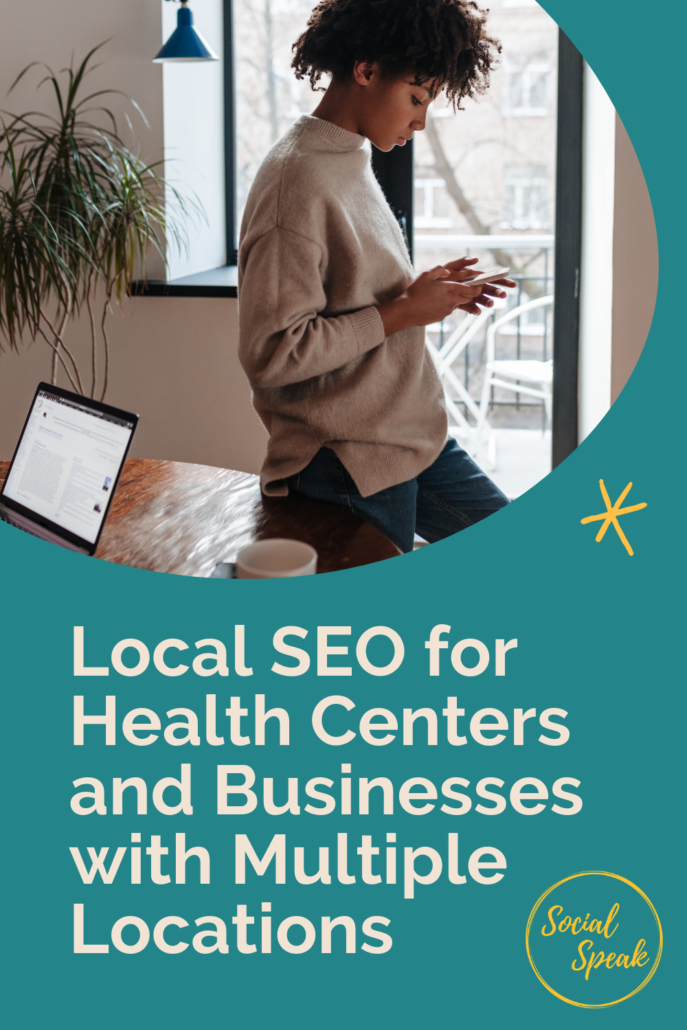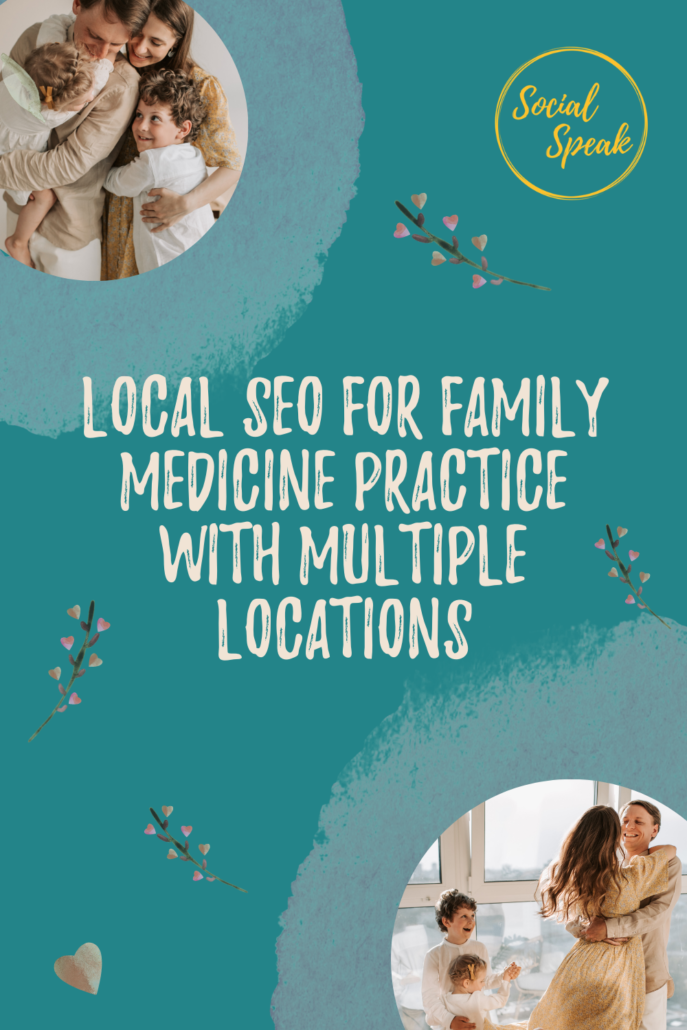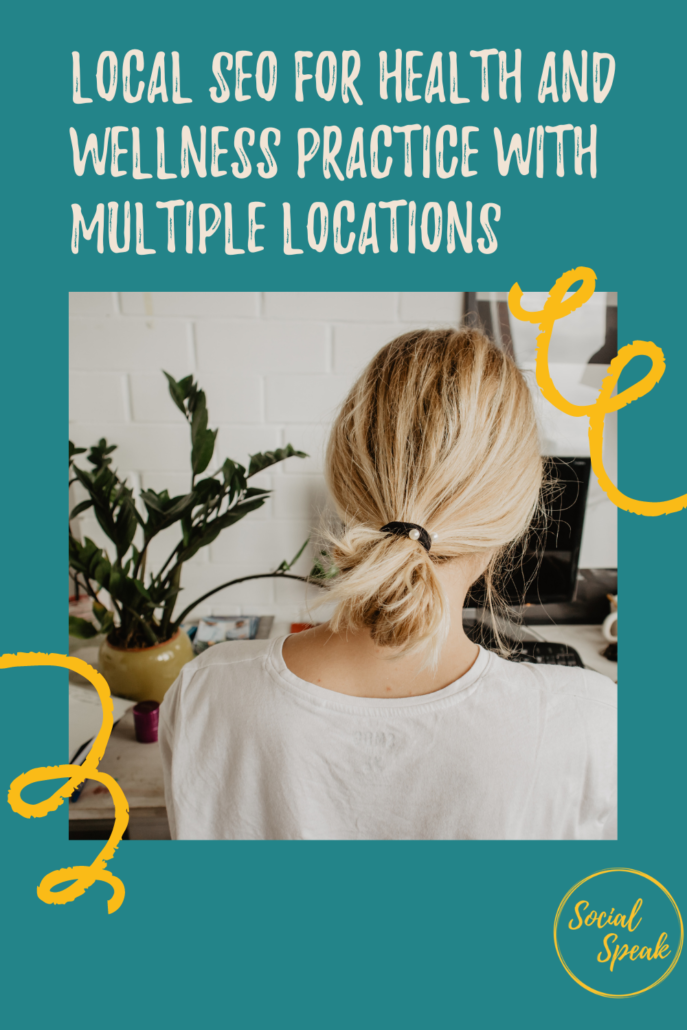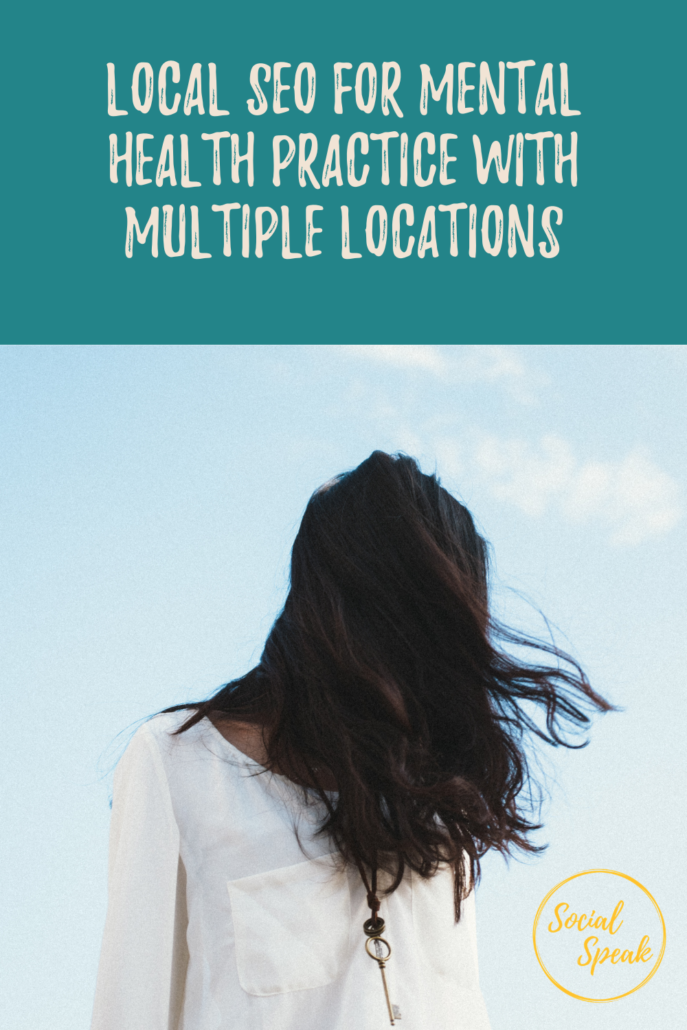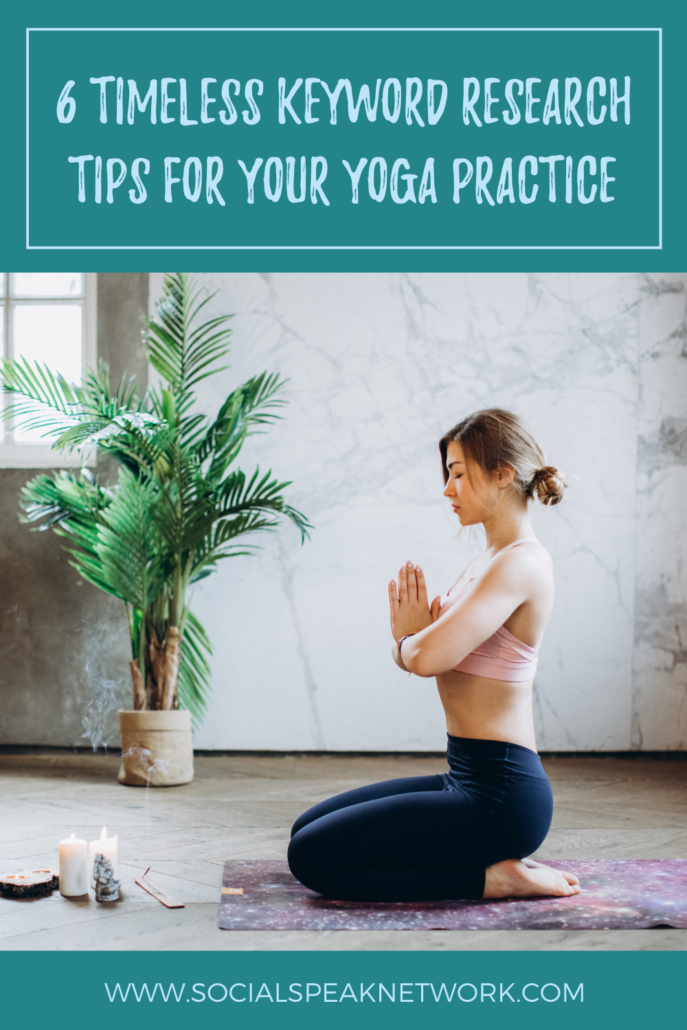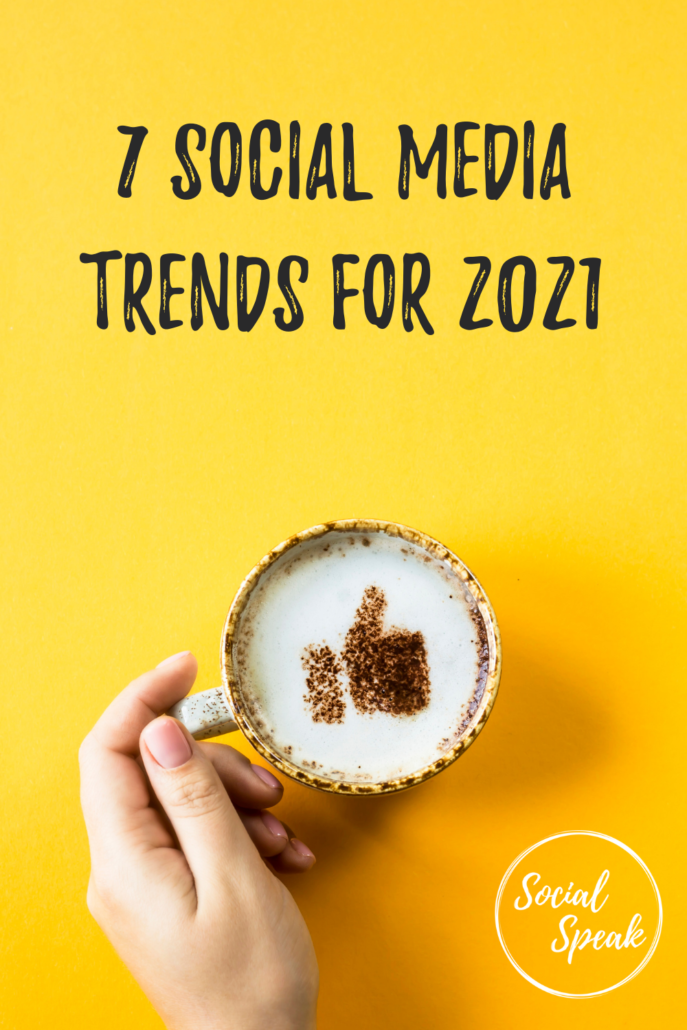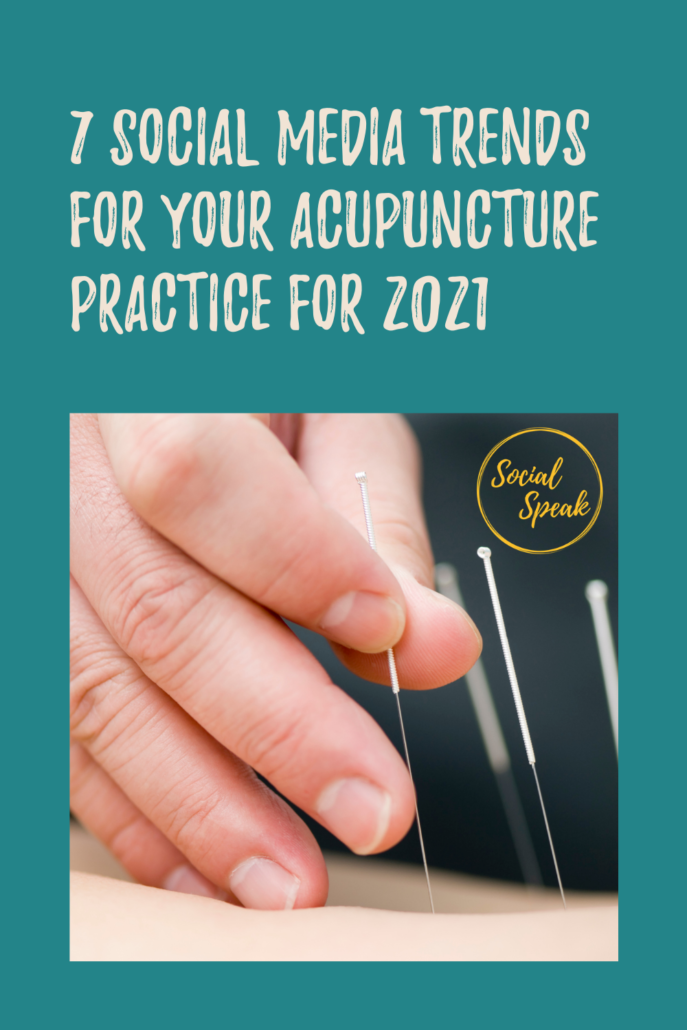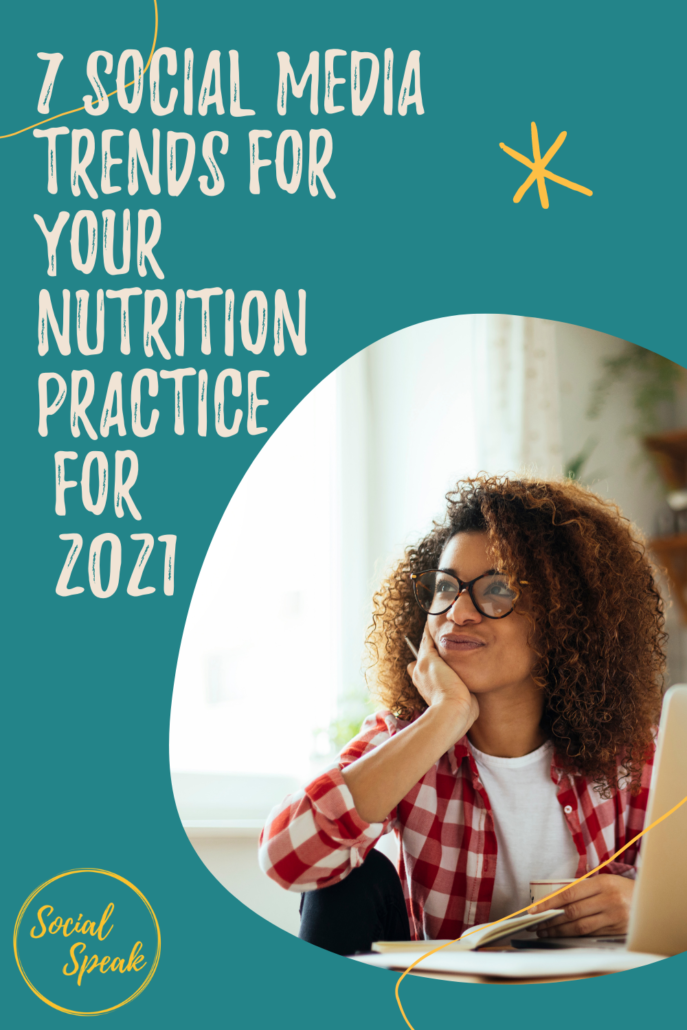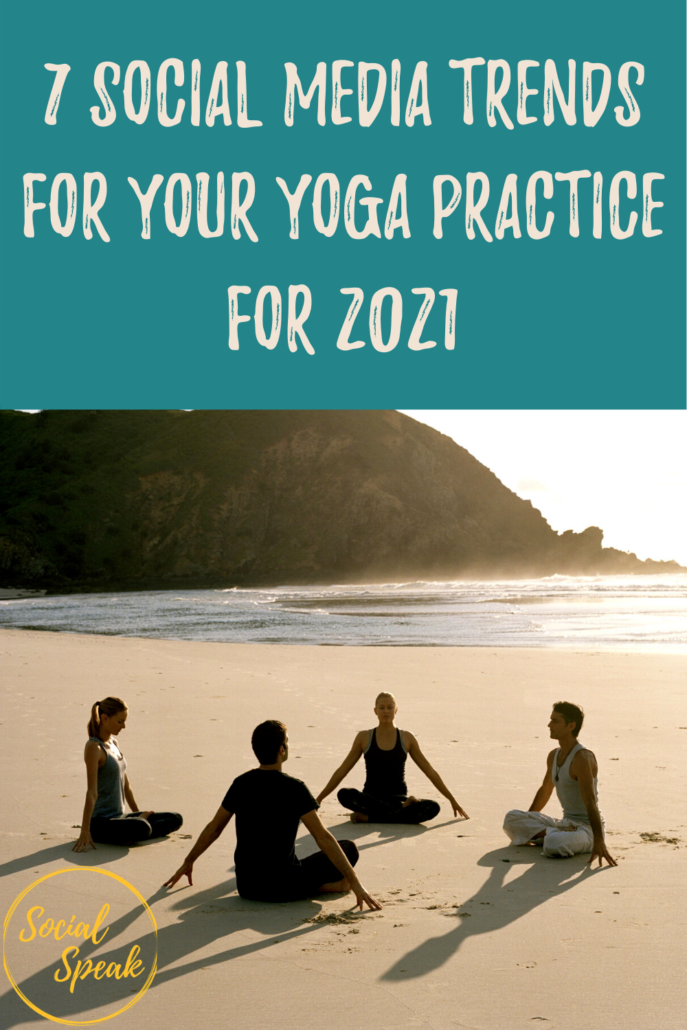In our most recent podcast, we interview G. the Creative Director at B.Co Agency.
With over 11+ years in design and creative visuals, I have been able to study and learn the creative industry and the impact of having proper marketing tools. With my role as the Producer and Creative Director at B.Co Agency, it is my mission to continue to study, learn and produce for companies big and small to help their clients take action! My goal is to produce visual tools that can exponentially grow the company’s byways of video marketing.
Well, we have, as you all know, we talk about videos a lot and how important they are to your digital marketing strategy, especially after our wonderful year of 2020. I think people really realized how important they are and you have to have them. So we brought G on, we have some questions we’re gonna ask him today.
Tell us a little bit about you and your business –
My name is G, it’s short for Gagan. I have been in the creative industry for over… I wanna say 11 plus years now, and my background has been graphics and web design. But seeing how marketing was going and where my team was building, we started a video production company. And I’ve been in that industry for going on six years now. We just had our fifth year anniversary last month. So yeah, my company’s name is B.Co Creative Agency. And yeah, we do story-based advertising, we do a lot of commercial work, we do YouTube, Vimeo. We do videos for tech companies, we do videos for sports companies. We do… A huge range of our clients, but primarily focused on the tech world, on healthcare and startups and things of that nature. So yeah, that’s us.
Why is video so important to a client’s digital marketing strategy?
My personal philosophy and B.Co’s personal philosophy are always in four parts, in how I kind of break it down. And we’ve turned a lot of our clients away because they don’t have these four elements before they work with us. And those four elements are branding, website, content creation, and advertising. We kind of build that marketing house with our partners that we have, but those things are essential for the success of our clients. So branding, which… Branding and website are absolutely foundational, so if our clients do not have that, we actually partner with other marketing agencies such as yourself to handle that part of it. So without good branding and a good website, your content creation, which is where we play in the marketing world of video, that video cannot go as far without the proper foundational elements when it comes to marketing. So with that in mind, you’re doing yourself an injustice if you don’t have the proper content strategy. And the video is the most efficient and easiest to consume, the easiest to consume marketing tool out there to reach your clients.
Video is more important than having reading materials or photos, and it’s still the most effective way to market your audience to understand your messaging. And I believe it was Hootsuite who put out a stat from last year stating a survey that said about 70% of consumers would rather watch a video about your product. So to answer your question, if you’re trying to reach your audience in the most effective way then a video is absolutely, enormously important.
Yes, definitely. I liked how you start with the foundation because a lot of people jump in, they don’t have that strategy behind it, and they wanna create a video. With that one video, they want 50,000 views overnight, and it’s just not gonna happen. Unless you have a million dollars to spend on ads, and even then it may not happen.
How often should you update your videos on your website?
This is actually a really hard question to answer. Probably the right answer is, it depends, but I know people probably don’t like hearing that. Because it’s so specific to your industry and whatever campaigns you have out, you know what time of year you’ve been posting things, right? It depends also on what type of videos are on your website and where exactly. For example, an intro video about your company might last longer than say your fall collection of your clothing line would. There’s a time limit on it. I would say, as a blanket statement, you should update your videos on your site as often as you can or need to. I personally do not believe in evergreen content, even though some… Again, some videos might last longer than others.
The questions to that question I would ask are, are your clients changing, are your client’s interests changing, are your audiences consuming the same video over and over again and not seeing… Or you are seeing a drop in a wash rate or conversion? If you answered yes to any of those questions, then the answer is probably it’s time to update your video and your marketing agency or your marketing experts that you trust should have access to your analytics and they should be able to tell you when time is due for a new video.
Is it okay to record your own videos for social media use? Do you think there’s a difference between video quality on social media and website?
Generally speaking… I actually get this question asked a lot. Generally speaking, I believe not only is it okay, but sometimes even needed. Having you record video from your perspective gives you and your company character and personality, but I also believe your customers need to know that you are legitimate and your product or service is worth it, and that’s why you are a professional. So there has to be a mix of the two. The heart of this question usually stems from, do I need a video production company in the first place? Can I do it myself? And my answer to that is usually, “Yeah, try it.” If you need it to be cost-effective, then do it. Equipment is more and more affordable nowadays, but I would also say the majority of businesses or professionals who have come to us usually have tried to film themselves or have worked with less experienced video production companies. And currently, that’s where I’ll leave it at for that question there.
At what point or what types of videos should they really think about hiring a professional company like yourselves? When do you know it’s that time?
When you sent me these questions over, hiring a professional videographer is how you worded it, and I kinda wanted to… Part of it, as I believe I have probably answered this question above as well, but I wanna preface my answer by defining the difference between a professional videographer and a video production company or agency. And a videographer, by definition, is one person, and a videographer is someone who usually operates a camera. But what about an editor? What about a scriptwriter? A lot of people do these things all in one. There are a lot of one-man bands out there that wear a lot of these hats, which is great, and no knock against anyone who is hustling and grinding in that way, but generally those relationships are not long-lasting and because they are usually looking for the next gig or cannot stretch their capacity to make the types of videos or content that you might want out. What’s gonna happen when you have to operate two cameras? What’s gonna happen when you need a faster turnaround and this person has multiple projects asking the same thing?
Think about this. When you see credits to the next show or movie that you watch, granted a lot of businesses are not creating Hollywood blockbusters, but think about how many tasking experts are out there that need to complete this show or movie. There’s a reason why a commercial or show or movie have teams and teams of people. If you’re expecting a videographer to handle 0.01% of those tasks, you are sacrificing something somewhere.
Whether that be speed, cost, quality, or output, those one-man bands that are producing at a high level are very rare. So the difference in working with a video production company is that you are working with the video team. We are a production company. We hire for specific duties before we ever roll the camera, and they range from director level to editors or animation teams. And we’ve already taken the time to connect with the assets or resources to produce at a high level, or get your message across and connect with your audience. So to answer your question, so when to hire, it is when you have tried it yourself when you have worked with the one-man band, and the message is not coming across as needed or when you need your product or service to be thrown out in a wider net when you are ready to spend advertising dollars. These are just some of the whens you should hire those professionals, but the real answer is as soon as possible. Because most likely your competitors are doing video, 50% of your audience is online daily and 70% of America is online weekly. And those numbers are specifically during the pandemic. Video is becoming more and more of a need rather than a nice to have, due to the ease of access of info, and you want to get your message out there again quickly and in the most effective way.
I think you bring up a great point as far as that team because if anyone has tried to edit their own videos, oh my gosh, it’s painful and that alone is a lot. It’s just as you’re hiring a digital marketing team, it’s not just me at Social Speak. We have a whole team of people that have that special niche in what they do. And so video production is no different, and I think that that sometimes can get people… They can be a little scared to jump into it because as soon as they hear the video, they think of dollar signs. But when you break it down to those videos that they are producing, if it’s able to bring them in patients or clients or customers in their door, then it pays for themselves. I think that’s something that people really need to think of. With video being as big as it is, and it’s not going anywhere, and I think the pandemic really showed that it’s even more important because that’s how people are connecting. If you’ve been putting it off, the time is now to do it.
How do you think that these videos help streamline a company’s brand?
As you mentioned, we’ve talked about some of the elements already based on the stats that are out there. Again, 50% of your audience is online daily and 70% of America is online weekly. But to streamline, by definition, is to be the most effective and your consumers want an easy way to consume. Whichever company takes it easy or makes it easy, rather, or is more visually engaging or a company is effective in conveying their brand messaging is going to win. And to be quite honest, video can do all of that. To have videos in your strategy, I would say is streamlining your business [chuckle] and your brand itself. To have video is to streamline. To be more effective, to reach your audience, isn’t that what you want to do?
Yes. It really adds that, again, going back to that question, one of the foundations. You have your website, you have your social media. You start with your logo and your brand colors and all of that and then add the video into the mix, it really allows your brand to step outside the box and just live its fullest potential, adding in these different types of videos.
Right. Absolutely. Actually, this is one point I wanted to go back on. You mentioned dollar signs in the previous question.
My immediate thought process was also, what is the opportunity cost of not having video? Again, those competitors are out there doing it and going back to streamlining, those things go hand-in-hand. You wanna get, again, your message out and show the product or service that you have to the world. That is the most effective way and if you’re not doing that, then you’re missing out on something there.
How has the pandemic affected the filming process and is it something that businesses need to worry about?
This definitely is a topical question, obviously. The film industry has taken a hit because filming is such an art form that it thrives off collaboration. The fact that you have to gather and film, the pandemic has made filming obviously very difficult. And we were stuck in that same wave early last year as well. And I was lucky enough to have partners who had specific insight early on the pandemic which led us to think about how to counter that. We have certain protocols now that help us gather and film, but what inspired us to make these protocols were actually Apple. They were continuing their famous keynotes but converted to videos instead of having live audiences attend. People who know me personally, I’m a huge fan of Apple, so, of course, I watched their pandemic presentation, their latest, greatest releases. But what intrigued me was their end credits which also specified how they filmed their pandemic keynotes.
I looked at those and thought of those precautions that they took. To be quite honest, they’re not hard or difficult to execute. So our protocols essentially became the same as Apple’s. We took those and the ordinances that were made by our county in Santa Clara and our industry, and merged those with those of Apple’s. And out came B.Co’s protocols. So I guess my final advice would be, when you are looking to hire a video professional or a production team, to be safe is, ask for their safety protocols. The last thing you want is your marketing efforts to kinda lead to health problems [chuckle] which that obviously is not what you want there. So there are plenty of other high-stress situations specifically that comes to marketing, but COVID should definitely not be one of them.
As people are recording and doing their own videos, I know the iPhones are of great quality, we use Zoom a lot for our interviews. What types of tools or tips can you give people that are recording on their own?
This goes actually not even to people who are doing it themselves but even the camera operators or directors that are coming up, is focus less on the equipment that you have and focus more on the story that you’re trying to tell. Because, as you mentioned, literally every camera phone that’s out there has a great and amazing camera on it. So it’s hard to mess up on the camera, the lenses that you have at your disposal. The only thing, if it does come to equipment and it does come to what it looks like in front of the lens, is definitely focused more on the lighting aspect of it. If something is less lit, then it’s just harder and less appealing. You want something that is either dramatically lit or well lit. Generally, those, from what I have experienced, go further as far as likes go on your Instagram. I think there was another stat by Hootsuite that said people are more likely to like a clearer, more well-lit picture versus the opposite. So focus on the story and make sure you have good lighting and yeah, use your phone. Absolutely.
Connect with B.Co Agency Today
Website
Facebook
Twitter
YouTube
Instagram


